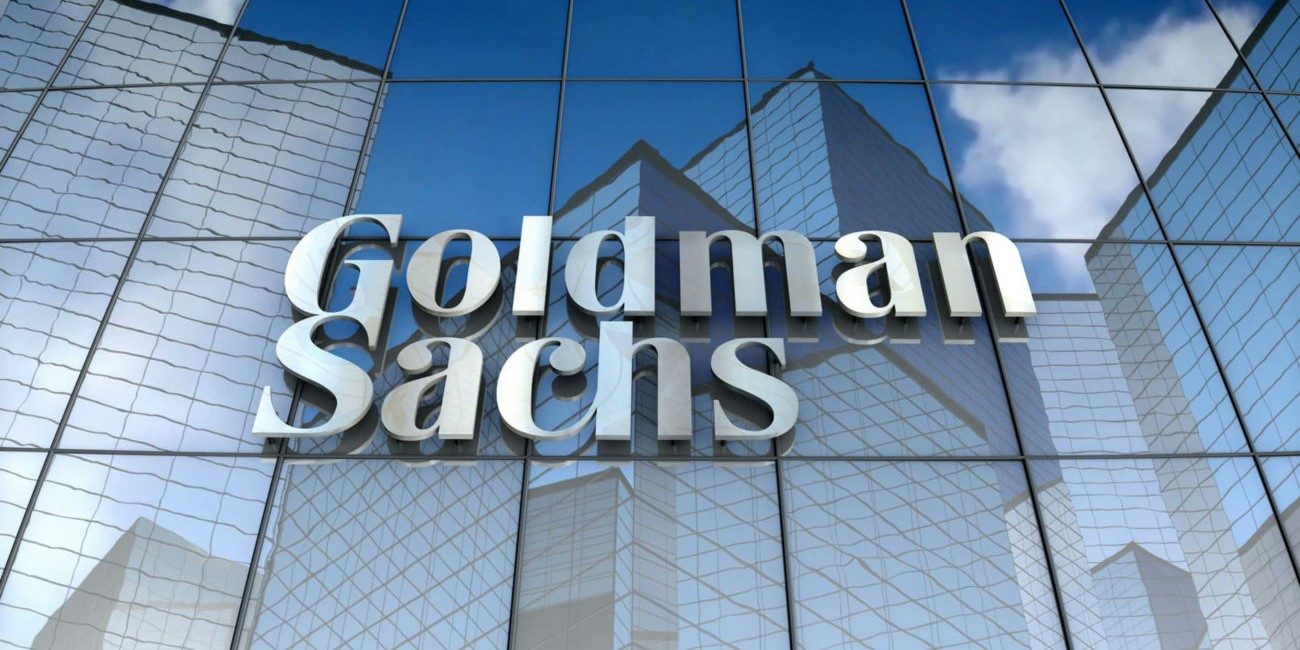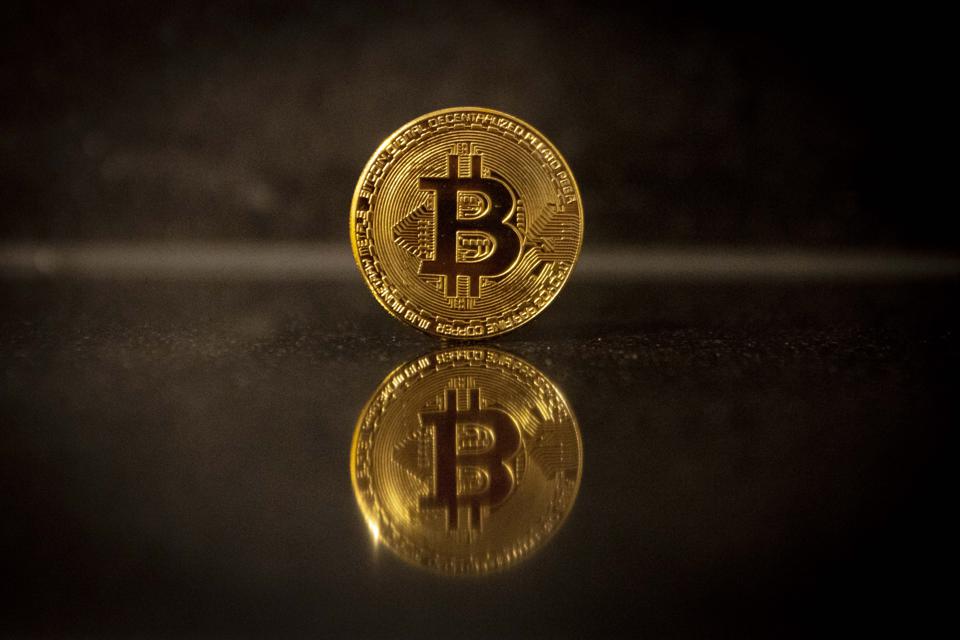It was reported on Wednesday that the staff at Goldman Sachs are expecting news on whether they will keep their jobs, as the U.S. investment bank begins a sweeping cost-cutting drive that could see its 49,000-strong global workforce be reduced by thousands.

A source told Reuters this month that the highly anticipated jobs cull at the Wall Street titan, likely to represent the biggest contraction in headcount since the financial crisis, is likely to affect most of the bank’s major divisions, with its under-fire investment banking arm facing the deepest cuts.
Most probably over 3,000 employees will be let go, the source who could not be named, said on Jan. 9. On Wednesday, a source with knowledge of the matter said that the cuts began in Asia, where Goldman completed cutting back its private wealth management unit and let go 11 private bank staff in its Hong Kong and Singapore offices. About 8 staff were also laid off in Goldman’s research department in Hong Kong, the source added, with layoffs ongoing in the investment bank and other divisions.
On Wednesday, the Financial Times reported that the redundancy plans of Goldman Sachs will be followed by a broader spending review taking in corporate travel, as it counts the costs of a massive slowdown in corporate dealmaking and a slump in capital markets activity since the war in Ukraine.
Goldman Sachs denied to comment on the matter. At the end of the third quarter, Goldman Sachs had 49,100 employees after adding significant numbers of staff during the coronavirus pandemic.
The lending behemoth is also snipping its yearly bonus payments this year to reflect the depressed market conditions, with payouts expected to decline by 40%. Global investment banking fees nearly decreased by 50 per cent in 2022, with $77 billion earned by the banks, down from $132.3 billion one year earlier, Dealogic data showed.
According to Dealogic, banks struck $517 billion worth of equity capital markets (ECM) transactions by late December 2022, the lowest level since the early 2000s and a 66% drop from 2021’s bonanza.












